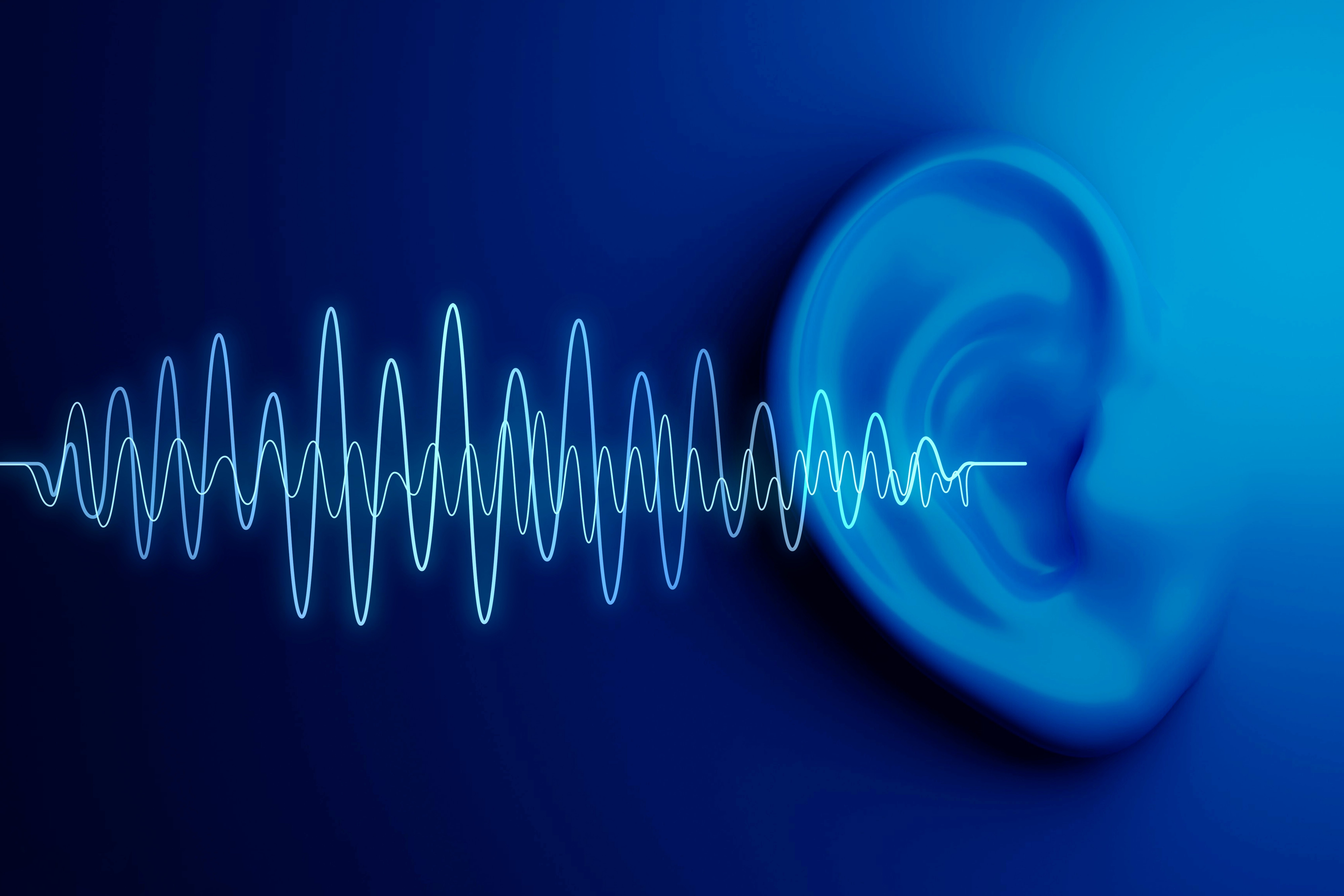The Evolution of Implanted Medical Devices
by Envoy Medical Staff Member, on September 9, 2023

Over forty years ago people with knee problems or hip problems were given a cane or a wheelchair and lived the rest of their lives with reduced activity levels. People with heart issues didn't live as long and were too sick and weak to do much of anything often having to stay in bed all day. People with profound hearing loss were unable to hear the world around them.
Today, most people know someone who has a pacemaker, an artificial knee, a hearing implant, or perhaps an insulin pump. Implanted medical devices have been around longer than we realize and are becoming an integral part of us. According to the AMA, about 10% of Americans will have a device implanted into their body during their lifetimes.
Active implantable medical devices are those that depend on an electrical energy source like a battery. The first electronic pacemaker was implanted in Sweden in 1958. However, it was the invention of the lithium iodine battery invented and used by Wilson Greatbatch and his team in 1972 that created the most radical changes in pacemaking, enabling longevity, multi-programmability, and ease of use with a ten-year battery. The pacemaker laid the groundwork for the development of other implants.
The first total artificial knee replacement was completed in 1968. From the 1970s to the 1980s, medical technology took off. Diabetes patients said goodbye to constant injections thanks to implantable insulin pumps, and cochlear implants opened a world of sound to many.
In 1976, the FDA began to subject medical devices to pre-market review. They called for devices to be divided into classes with varying amounts of control based on the level of risk, as they sought to balance the need to protect the public while also fostering innovation.
Today, implanted medical devices can deliver medicine, replace damaged body parts, monitor physiological activities, and support specific organs or tissues improving health and quality of life for millions. Knee replacement surgery is performed over 800,000 times in the US annually. Over one million cardiac pacemakers are implanted worldwide each year and approximately 183,100 cochlear devices have been implanted in the US as of 2019.
As technologies, materials, and techniques continue to evolve, the FDA approval process for medical devices has evolved as well. FDA has created regulatory pathways for new investigational devices (IDE), established post-market requirements, improved postmarket surveillance, and addressed current issues such as requiring information about cybersecurity in premarket submissions for some devices.
Implanted medical devices have not only saved lives but improved the quality of life in countless ways for millions of people. Much has been learned over the last several decades and every implantable device in the US undergoes rigorous testing to ensure safety and efficacy before becoming FDA-approved and commercially available. As medical technology continues to evolve hope and quality of life will improve for many more.


